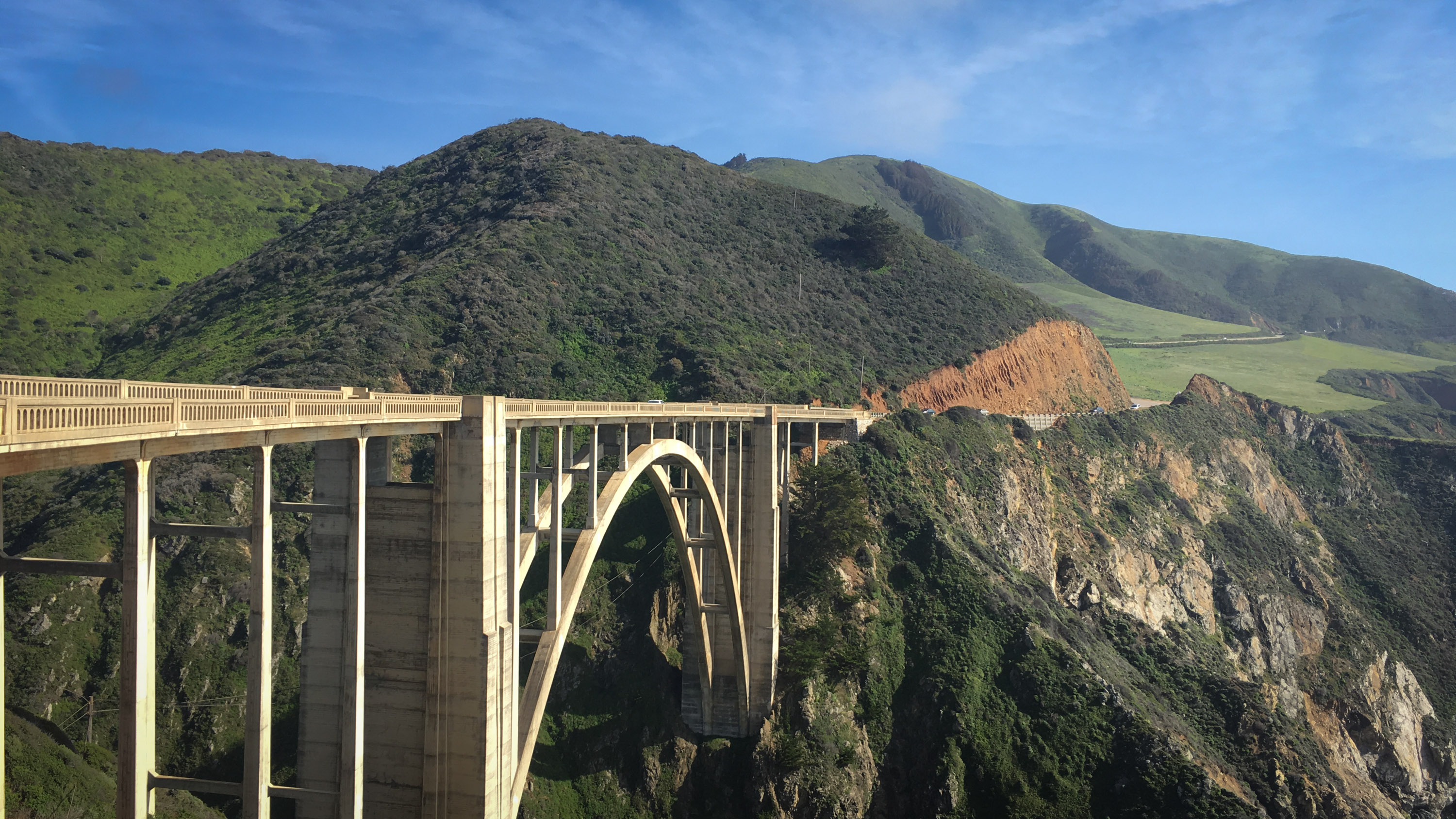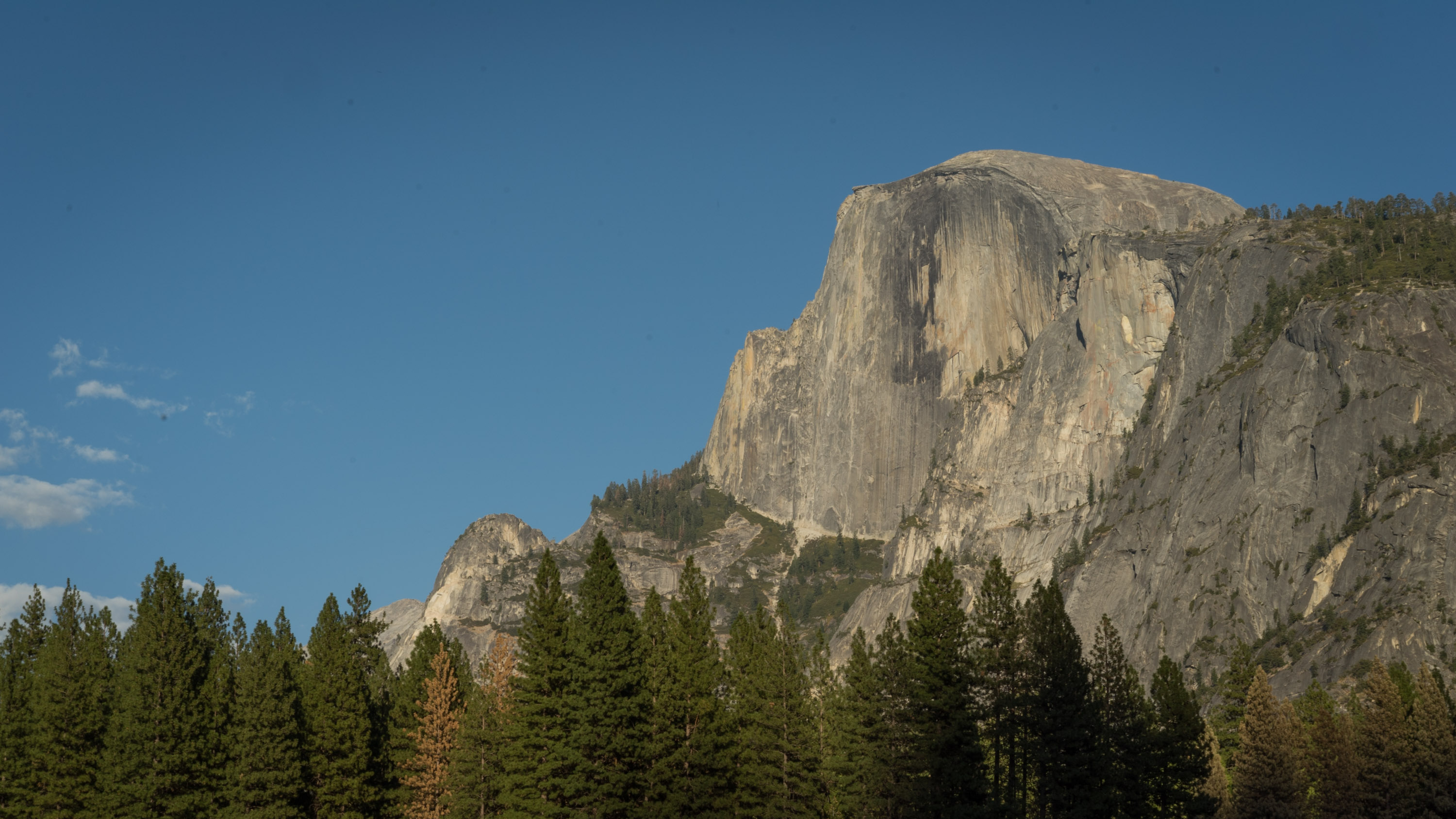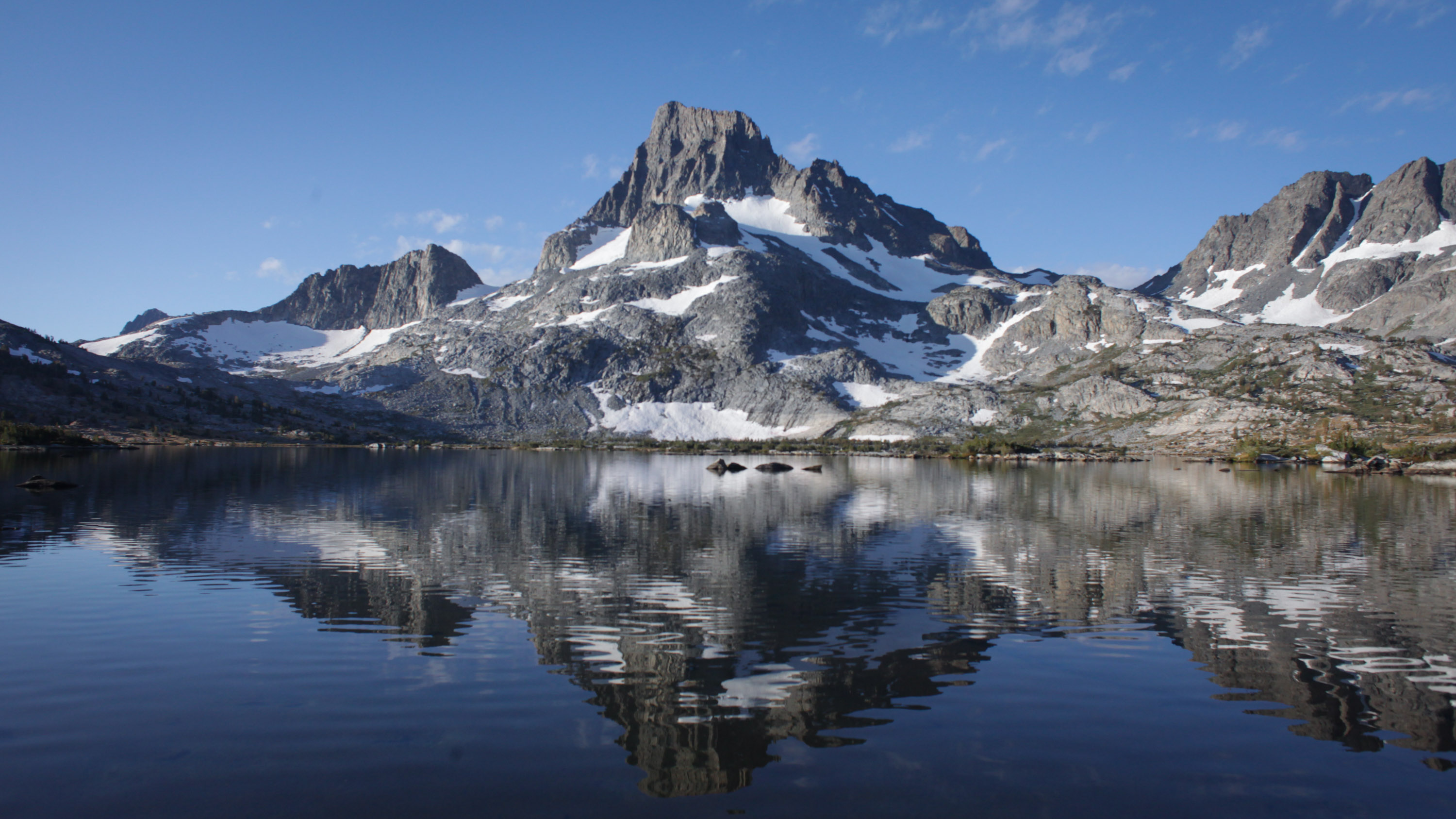In defense of California

About a year after graduating from college, I packed my possessions into a rental van I’d split with a near stranger and departed my home state of Ohio. We steered onto I-70 West, bound for San Francisco.
At the time, I was less drawn to California in any specific way than determined to escape a state that was too conservative, homogenous, and religious for my tastes. Plus, oof, the winters.
But that soon changed. The more I explored California’s coastline, hiked the trails of the Sierra, stared up at the granite walls of Yosemite, and met others who felt pushed or pulled here, the more I developed what I jokingly call a “zeal of the convert” attitude toward the state. Today, more than two decades after I arrived here in that rental van, this allegiance manifests as knee-jerk defensiveness when others take shots at California.
And so it’s been heartbreaking to watch my adopted state suffer through some of the deadliest and most devastating fire seasons in its history. And it’s been infuriating to see commentators pounce on the tragedies, or the planned electricity blackouts designed to prevent them, and declare that they’ll doom the state or spark a mass exodus.

It’s an increasingly popular take, producing ridiculous headlines like “California is becoming unlivable, according to science” and “California is a failed state. How do we know? They’re moving to Arizona in droves.” (Links withheld out of pettiness.)
But I’ll admit that my reaction to such suggestions wasn’t as swift or aggrieved when this year’s outages and fires began.
Last month, the state’s main grid operator ordered a series of rolling blackouts, California’s first unplanned outages in nearly two decades, as millions of air conditioners strained to keep up with blistering heat waves.
That same week, hundreds of small lightning-sparked fires converged into conflagrations that soon ripped across more than a million acres, forced more than 100,000 residents to vacate their homes, and filled Northern California’s sky with dangerously high levels of particulate matter. Fires have destroyed thousands of properties and killed eight people in the state so far this year.
What’s different, of course, is that we’ve already lost so much else in 2020.
The upsides to living in one of the most expensive parts of the world aren’t as clear when you can’t enjoy its amenities; when its dense collection of restaurants, bars, museums, and concert venues are all empty; when you’re forced to communicate with friends by Zoom whether you’re down the block or three time zones away.
This year, being trapped indoors by smoke felt like a bigger sacrifice. Because of the pandemic, I already couldn’t escape my tiny Berkeley apartment to visit an office, coffee shop, or gym. Then, because of the fires, I couldn’t even go outdoors. For the past few weeks, I’ve largely allowed air quality readings to dictate when I should walk my dog, and whether I can venture out for a hike or run.
Being stuck indoors is a trifling inconvenience when so many others have lost their homes, loved ones, or lives in recent years. But it adds to a dispiriting sense of fatigue in a year that’s already been so trying in so many ways. And it magnifies the fire risks that most Californians, including those in my neighborhood, are living with today. Accelerating climate change, development along wilderness boundaries, and rigid forest management practices have all increased the dangers of devastating wildfires in the state and across much of the American West.
Stay or go?
So I did find myself asking, out loud on a call with colleagues a few weeks ago: Is this sustainable? Can businesses stay here? Can I?
But I never get too far down that thought path before running into the same two questions.
First: Where else would I go? In this moment, what place feels a whole lot safer?
Colorado is on fire too. A hurricane just hit the Texas and Louisiana coasts, followed by a heat wave. Family members who offered me places to stay live in red or swing states where I’d dread walking into grocery stores packed with people proudly refusing to wear masks. Most of the rest of the world isn’t eagerly welcoming Americans given our covid infection rates, in one of the darkest ironies of US president Donald Trump’s xenophobia-fueled rise to power.

Second: What other region would I trust more to combat the overlapping problems that climate change will increasingly cause or intensify around the world?
Consider how California responded to the covid pandemic.
As frightening as life was in early March, when the first cases were reported in the US, I was comforted and at times even proud, watching state and local leaders take fast and decisive steps. Heeding the advice of public health experts, they quickly shut down businesses, enacted shelter-in-place orders, and built up testing and contact tracing capacity.
There were certainly mistakes. Some areas and businesses reopened too soon; others have been held up too long. But there is at least a basic belief here that expertise matters, that we should base decisions on data and science, and that informed public policy can solve problems. It also helps to have a Democratic supermajority that can occasionally pass substantive laws, as evidenced by the suite of climate regulations pushing the state toward an ever-cleaner mix of energy sources.
Just the start
Right-wing commentators slam California at every opportunity, primarily not because of its failures but because of its successes. California is a bright, shining example that you can build a humming engine of economic growth, even in a state that embraces relatively high taxes and progressive values—an unforgivable assault on conservative worldviews.
The fairest critique of the Bay Area has to do with its absurd housing costs. It’s a very real and serious problem, but one that actually underlines the state’s appeal.
Yes, some people and some companies move away. And yes, more than usual are relocating now, given the strains of the pandemic and the fact that many people can suddenly work from anywhere. But the region’s world-class universities, cluster of tech companies, stunning natural beauty, leftish politics, and diverse demographics have drawn bright, engaged minds from around the world for decades. And that’s not going to change.
The pandemic will eventually end. Nothing has dimmed the fundamental appeal of urban life, despite what some premature obituaries for the nation’s great cities may say. And the next set of arrivals will invent new businesses.
I won’t underplay the depth and complexity of California’s challenges. Significantly reducing fire dangers here demands sweeping changes in policies and practices, as I’ve written. Doing it all without having to shut down electricity service from time to time will require overhauling the state’s antiquated distribution and transmission systems, which could take years and cost billions. And to meaningfully address most of its mounting problems, the state must finally grapple with its fundamental inability to approve and build housing and infrastructure in reasonable amounts of time.
But I have some confidence, at least, in the state’s professional, technocratic-minded leaders to make good-faith efforts to address these challenges—and others we’ll face as the planet heats further. In many ways, they’ve already begun.
Some areas truly will become unlivable in the years to come, as temperatures soar and sea levels rise. But for those who think people should move at the first signs of the difficulties driven by global warming, I’ve got bad news. This is just the start, and climate change is very likely coming for your town too.
Deep Dive
Climate change and energy
The problem with plug-in hybrids? Their drivers.
Plug-in hybrids are often sold as a transition to EVs, but new data from Europe shows we’re still underestimating the emissions they produce.
Harvard has halted its long-planned atmospheric geoengineering experiment
The decision follows years of controversy and the departure of one of the program’s key researchers.
Why hydrogen is losing the race to power cleaner cars
Batteries are dominating zero-emissions vehicles, and the fuel has better uses elsewhere.
Decarbonizing production of energy is a quick win
Clean technologies, including carbon management platforms, enable the global energy industry to play a crucial role in the transition to net zero.
Stay connected
Get the latest updates from
MIT Technology Review
Discover special offers, top stories, upcoming events, and more.